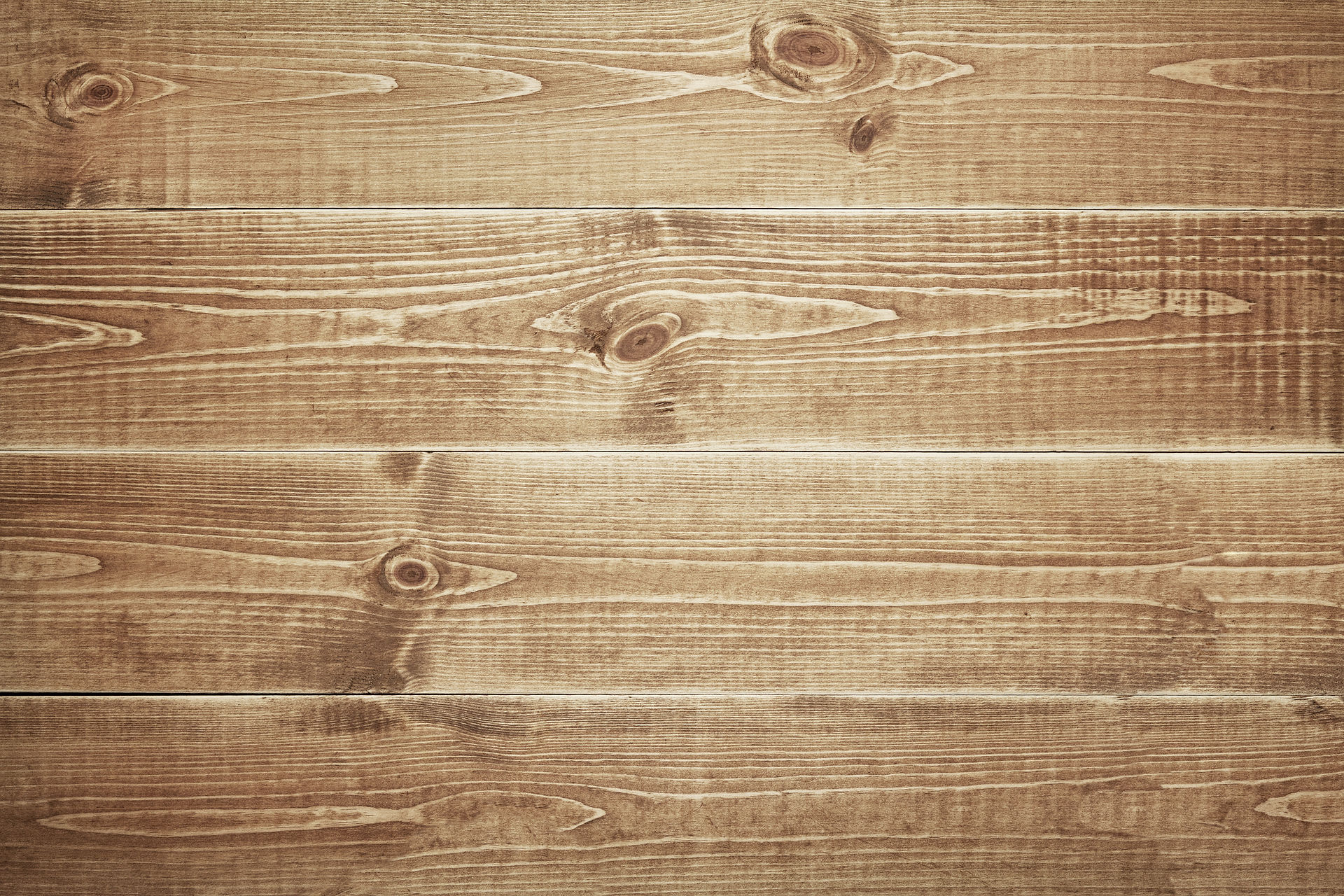Handwork and neuroplasticity
- Christina Knisley

- Jul 2
- 3 min read
Updated: Sep 23

In a world dominated by screens and fast-paced living, engaging in creative handwork—like knitting, woodworking, pottery, embroidery, or even making meals from scratch, may seem like obsolete hobbies. But these tactile, intentional activities offer something far more profound than a quaint way to pass time: they support neuroplasticity, your brain’s ability to rewire and adapt throughout life.
Neuroplasticity is what allows you to change old habits, recover from stress, heal trauma, learn new skills, and build more resilient patterns of thought. When you engage in creative handwork, you activate this powerful biological process in subtle yet meaningful ways.
HANDWORK Stimulates Multiple Brain Regions Simultaneously
When you work with your hands—whether stitching, carving, or shaping clay—you engage:
The motor cortex (movement)
The visual cortex (seeing and planning)
The somatosensory cortex (touch and texture)
The prefrontal cortex (decision-making and focus)
This whole-brain engagement strengthens neural networks and fosters new connections, especially between the body and mind.
HANDWORK Supports Learning Through Sensory Feedback
Handwork is highly sensory—you feel textures, see results, hear tools working, and smell wood or wool. This immersive, embodied learning reinforces memory and enhances the brain’s ability to absorb new information.
HANDWORK Encourages Problem-Solving and Adaptability
Handwork often requires improvisation—fixing a crooked seam, adjusting tension, or finding creative solutions to mistakes. These small moments strengthen cognitive flexibility, a key element in brain plasticity. They enhance your brain’s ability to adapt to change and recover from challenges, which sets the stage for learning to manage emotional challenges.

Neuroplasticity refers to the brain’s capacity to reorganize itself by forming new neural connections. It's how we learn, adapt, grow, and even heal. The physical activity of handwork opens the pathway to this mind/body connection. But it also opens a pathway to the heart, where we connect to emotions. Engaging in handwork creates a safe place for emotions to surface, for identities to shift. It is a vehicle we can use to rewrite the stories that keep us stuck in our false selves and uncover the stories of our true selves. It facilitates the rewiring of our brains to finally release those old stories and believe our truth.
HANDWORK Promotes Mindfulness and Focus
Handwork naturally draws you into the present moment. Repetitive actions like weaving, kneading dough, or stitching calm the nervous system and reduce the brain’s default-mode activity (often associated with overthinking and anxiety).
HANDWORK Interrupts Negative Thinking Patterns
When our hands are busy, the inner chatter quiets, especially the voice of our inner critic. Handwork acts as a cognitive anchor, helping redirect attention away from anxious or depressive thoughts and into a state of flow. It weakens habitual negative thought patterns and builds alternative pathways for calm, creativity, and confidence. We will talk more about concrete ways to change negative thought patterns in our next blog post.
HANDWORK Boosts Mood and Emotional Resilience
This one is my personal favorite. Creating with your hands releases dopamine and other feel-good neurotransmitters. But more importantly, it also creates a sense of agency, which is key in overcoming feelings of helplessness or stagnation. Handwork is a way to rewire emotional responses, helping shift from survival mode to a state of safety and possibility. Read that again. Seriously. In the posts that follow, I will share parts of my own personal journey with overcoming depression, PTSD, and anxiety by working with my hands.
Join me as we dive more deeply into how creative handwork facilitates health and healing of the mind, body and spirit, and how you can start implementing these principles into your own life to reconnect to who you were made to be. In our next post we will explore rewriting our thoughts and changing our stories with journaling. It's how I began my healing journey, and you can too.
























Comments